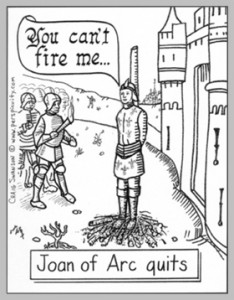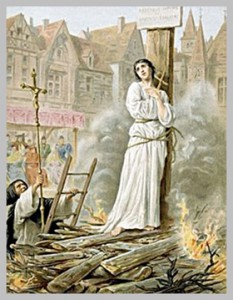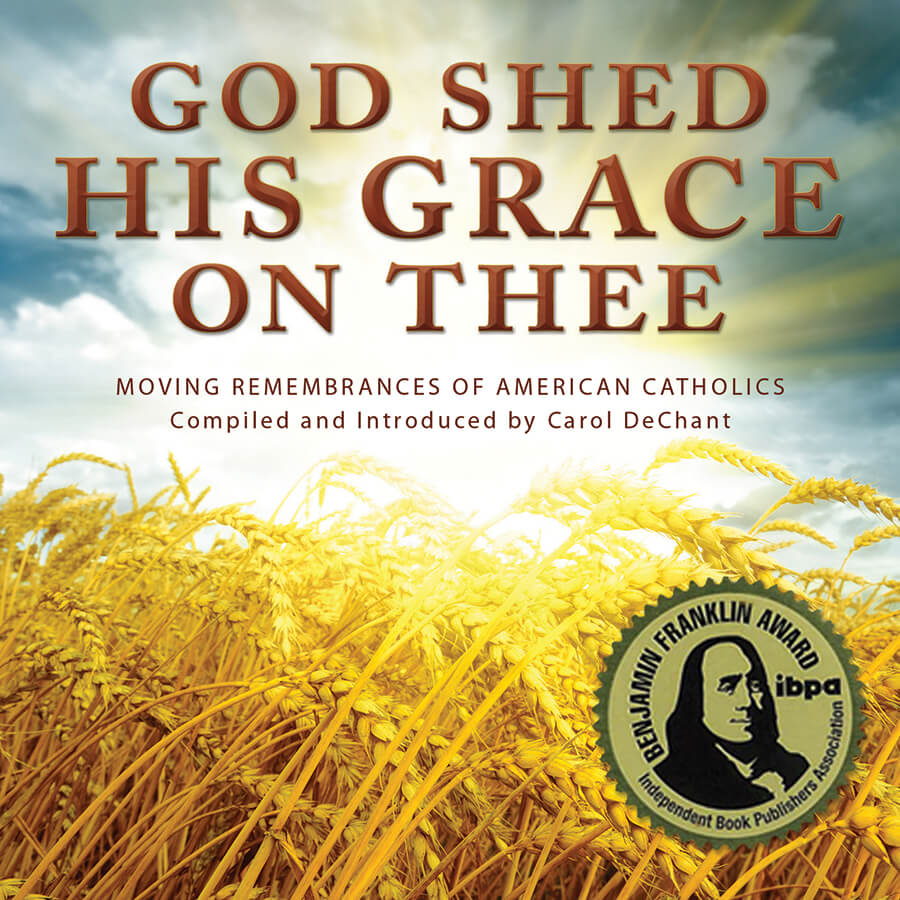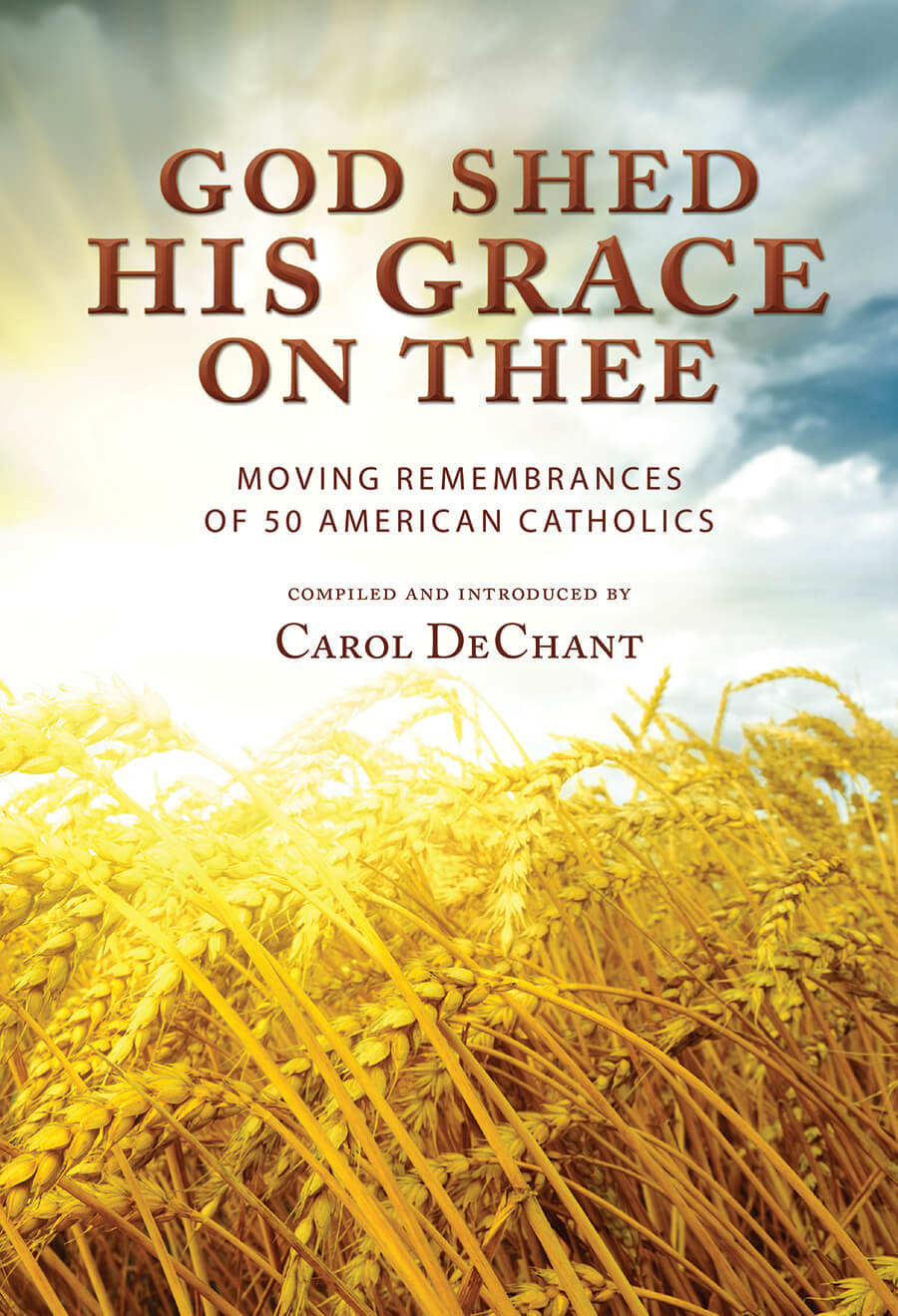 The neglect of honoring women’s achievements in the history of American Catholicism is not only because men wrote our history, but also because of the humility typical of so many of our female path breakers. “What little good we can do in this world to help and comfort the suffering, we wish to do it quietly and so far as possible unnoticed and unknown,” Mother Marianne Cope wrote, and only the lepers of Molokai’i noticed her as she comforted them. (But when we Catholic schoolchildren of the twentieth century were taught about the inspiring “leper priest,” were even our teaching nuns unaware of their sisterly colleagues working in Hawaii with Father Damien — who were continuing his service long after he had died?)
The neglect of honoring women’s achievements in the history of American Catholicism is not only because men wrote our history, but also because of the humility typical of so many of our female path breakers. “What little good we can do in this world to help and comfort the suffering, we wish to do it quietly and so far as possible unnoticed and unknown,” Mother Marianne Cope wrote, and only the lepers of Molokai’i noticed her as she comforted them. (But when we Catholic schoolchildren of the twentieth century were taught about the inspiring “leper priest,” were even our teaching nuns unaware of their sisterly colleagues working in Hawaii with Father Damien — who were continuing his service long after he had died?)
Another self-effacing pioneer, Sister Mary Ignatia (the Alcoholics Anonymous co-founder you’ve never heard of!), turned all attention towards the hospital staff whenever anyone tried to thank her out for pioneering in-hospital medical treatment for alcoholics. Her humility so impressed her two male co-founders, that they credited her for inspiring the “Anonymous” aspect of the AA organization.
Female modesty, however, cannot account for America’s long entrenched blind eye to women’s achievements. It is only since 2002 that Time magazin’s annual “Man of the Year” became “Person of the Year” and that was year seventy-five in that magazine’s history. This title change was to honor three women whistleblowers who risked their livelihoods to report the crimes of their employers. Since then, Time’s “Person of the Year” covers have all featured a group being honored in which one woman and two men are represented: (e.g., “The American Soldier,” “Philanthropists”).
Fortunately for my research, though, records of many significant women in American Catholic history exist in the convents or organizations they founded or served. Mother Rose Hawthorne Lathrop, St. Katharine Drexel, Sister Mary Ignatia, Dorothy Day and many other Catholic women all deserved Time magazine covers (the criterion being “the individual who has most influenced society” in a given year). Acknowledgement of the vast contributions of these women to American history is long overdue.
 Yet Catholicism has always provided models of women doing vital work outside of the home: the female Doctors of the Church, whose pathbreaking spirituality has instructed the Church in faith (Thérèse of Lisieux, Catherine of Siena and Teresa of Avila); the countless women who established orphanages and social programs as part of a lifetime devoted to serving the poor (St. Clare, St. Frances Cabrini, Mother Teresa, etc.); and even on the battlefield, we have Joan of Arc. Yet — with the exception of Dorothy Day — most American Catholics today aren’t familiar with the work of the American women in my book who pioneered hospice, the treatment of cancer and alcoholism, and founded a nationwide educational system, through university, to benefit freed slaves and Native Americans eight decades before America’s Civil Rights movement. The names of St. Elizabeth Seton and St. Katharine Drexel may have become known since their canonizations in 1975 and 2000, respectively, but their contributions to this country are usually not known.
Yet Catholicism has always provided models of women doing vital work outside of the home: the female Doctors of the Church, whose pathbreaking spirituality has instructed the Church in faith (Thérèse of Lisieux, Catherine of Siena and Teresa of Avila); the countless women who established orphanages and social programs as part of a lifetime devoted to serving the poor (St. Clare, St. Frances Cabrini, Mother Teresa, etc.); and even on the battlefield, we have Joan of Arc. Yet — with the exception of Dorothy Day — most American Catholics today aren’t familiar with the work of the American women in my book who pioneered hospice, the treatment of cancer and alcoholism, and founded a nationwide educational system, through university, to benefit freed slaves and Native Americans eight decades before America’s Civil Rights movement. The names of St. Elizabeth Seton and St. Katharine Drexel may have become known since their canonizations in 1975 and 2000, respectively, but their contributions to this country are usually not known.
How did these women come to be so far ahead of their times, many in an era before they could even vote? How did so many live extraordinarily long productive lives? Most of the women in this book didn’t even begin what was to become their vocation until relatively late in life; some began their calling after the average age of death in their time.
I can’t explain how these women came to do all that they did. The lesson of their lives, however, is clear: it is never too late to find your calling, to develop your talents, and to pursue your dream, and women who re-create themselves with a grace-filled spirit can change the face of the earth.
— from Carol DeChant’s Introduction to Great American Catholic Eulogies.
Sources: Three women — the chairs of the SEC, FDIC and TARP — appeared on the cover of Time magazine, on May 24, 2010, as that issue’s top story, “The New Sheriffs of Wall Street” (http://history1900s.about.com/library/weekly/aa050400a.htm).





